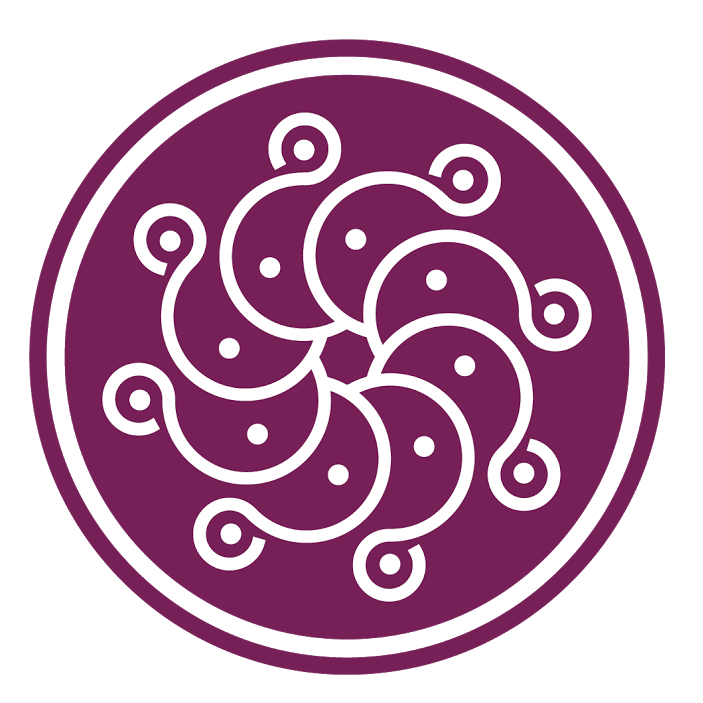WATERTOWN, Mass. — The Armenian Museum of America (AMA) is seeking graduate students to assist with cataloguing its collection of oral histories that include genocide survivor testimonies, in anticipation of its new interactive Genocide exhibition. Working remotely under the direction of exhibition curator, collections manager and guest curator, students will:
- Update index of interview recordings to make searchable by identifying keywords discussed in each interview such as locations, types of experiences, family names, etc. (samples to be provided)
- Transcribe interviews or prepare summaries of interviews
- Help identify and curate the most relevant interviews to be shared in exhibition
This project will support the development of the AMA’s new Genocide exhibition and provide benefits to the students including:
- Experience working with primary source materials
- Experience working under the direction of senior researchers
- Funding to help offset college expenses
Qualifications:
- Education in Armenian studies/history, oral history or a related field
- Experience working with oral histories preferred, but not required
- Self-motivated and able to work with limited supervision
- Work will be remote, but may require occasional on-site meetings
- Preference will be given to those with relevant language skills
Please submit CV, cover letter, a short writing sample (no more than two pages), and names of three references to zquinn@armenianmuseum.org.
The application deadline is January 31, 2022. Selected research assistants will receive $15 per hour and are expected to work up to 10 hours per week.



Be the first to comment